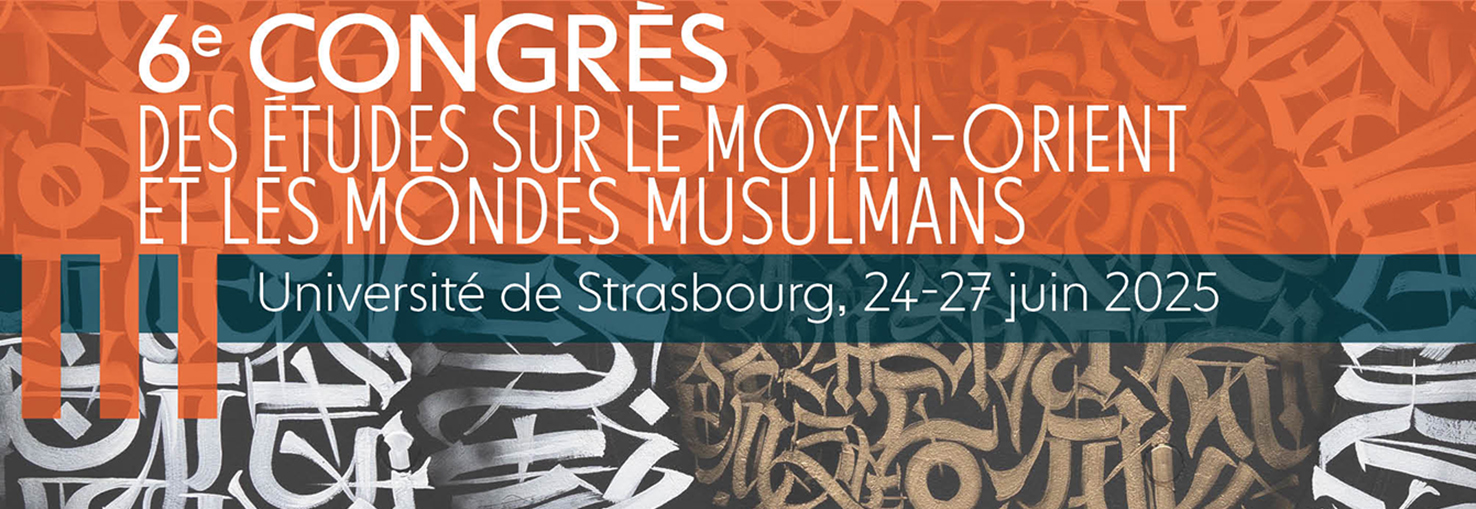Jeudi 26 juin 2025, 8h30-13h, Salle 3218
RESPONSABLES :
Frédéric Abécassis (ENS de Lyon, LARHRA)
Sylvia Chiffoleau (CNRS, LARHRA)
INTERVENANTS :
Shaimaa Elneklawy (Alexandria University, Faculty of Education) : A city at war: Alexandria in Egypt's Arabic-language press during the Second World War
Hedi About (ENS de Lyon) : Al-Šams, journal « juif-arabe » d'Égypte pendant la Seconde Guerre mondiale
Quentin Humbert, Faustine Tavernier et Victor Verwaerde (ENS de Lyon) : La caricature dans la presse francophone d'Égypte pendant la Seconde Guerre mondiale, reflet de l'opinion publique ?IN
Justine Genot et Coline Dottin (ENS de Lyon) : Les cinémas d'Alexandrie, relais de la Dream Factory hollywoodienne pendant la Seconde Guerre mondiale
Thomas Richard (Boston University, Université Paris-I) : L'Alexandrie en guerre de Youssef Chahine
DISCUTANTS :
Jean-François Faü (Université Senghor, Alexandrie)
Benoît Tadié (Université de Paris Nanterre)



